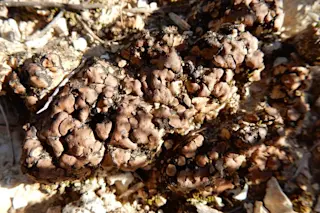Artist's concept of the pulsar and its planet. The system could fit into our Sun, represented by the yellow surface.
What’s the News: An international team of astronomers has found an exotic planet possibly made of diamond
, located about 4,000 light-years away from Earth. The researchers believe that the unusual planet was once a sun-like star, transformed into its current state by its hungry stellar companion, a millisecond pulsar
. How the Heck:
When a massive star dies in a supernova, it sometimes collapses into a pulsar, a highly compacted stellar corpse that emits periodic beams of electromagnetic radiation from its poles. If a pulsar is part of a binary system, it can feed on its nearby stellar friend and speed up its spin to hundreds of rotations per second, effectively becoming a millisecond pulsar. (About 30% of millisecond pulsars found are solitary—astronomers don't know how they formed.)
Astronomers ...













